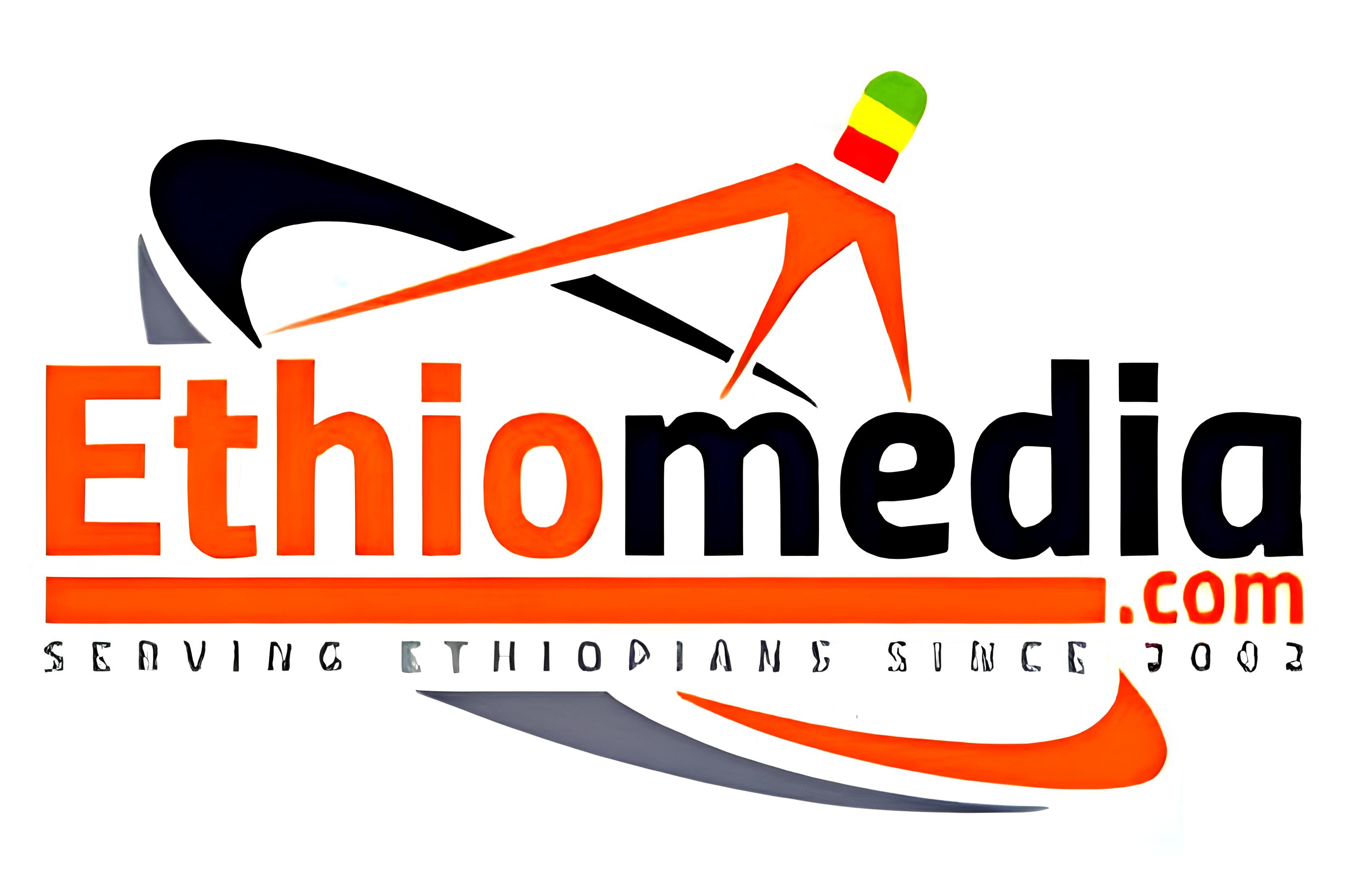|
Can PM Hailemariam bring about change? By Tesfaye Demmellash (Ph.D.) | September 24, 2012 Now Does Making And The If New Possibilities and Still, There There This So The Personal in The This As We Leaders Thus, Enter Hailemariam Hailemariam That It Assuming A Well, There Tactical I And PM None — The writer can be reached at [email protected]
Ethiomedia.com – An African-American news and views website. Copyright 2012 Ethiomedia.com. Email: [email protected] |
